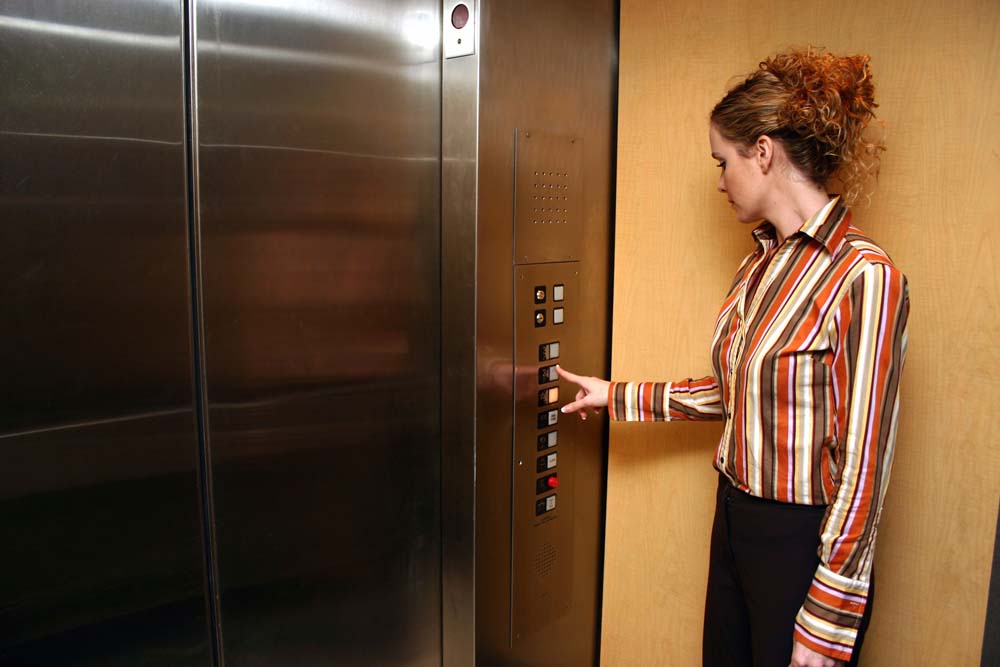If you are looking for a career as a patient care provider, you may wish to look into becoming a Physician Assistant. When I speak with employees that are looking for a higher level of patient care we typically look at Nurse Practitioners (NP) and Physician Assistants (PA). While duties are similar, the path to the career can be quite different. Typically, a PA student will work in healthcare prior to starting a program. PA’s are educated in general medicine to include all age groups, while an NP selects a population focus. A PA must have the master’s degree to practice. The nursing path allows you to work as a nurse, starting with an associate degree and licensure, while obtaining the advanced practice education to become a nurse practitioner.
What Do Physician Assistants Do?
If you’ve ever been to an urgent care facility, or needed a last minute appointment with your primary care doctor, it’s likely you were seen by either a Nurse Practitioner or a Physician Assistant (PA). PA’s work on a team alongside doctors to support patient care in all areas of medicine. According to the American Academy of PA’s or AAPA, Physician Assistants:
- Take medical histories and do physical exams to diagnose and treat illnesses
- Order and interpret test results
- Develop treatment plans and counsel on preventative care
- Prescribe medication
- Perform procedures and assist in surgery
- Work in clinical research
If you go to an urgent care facility with a bad cough they can review your symptoms, discuss previous history, order a chest x-ray, diagnose the issue, and prescribe medication. Everything your primary care physician would normally do – examine, diagnose, and treat you – a PA can do as well.
This spring when I injured my ankle I had the option to go to an orthopedic practice’s urgent care. I met with a PA that has specialized in orthopedics for the past 20 years. He ordered x-rays, prescribed physical therapy and has continued to follow my progress for the past 6 months. His guess was about 1/3 of PAs specialize and the remaining 2/3 can be found in primary care offices or urgent care clinics. The Bureau of Labor Statistics reports 53% in primary care and 8% in outpatient care centers, 26% in hospitals, 5% in education and 1% in employment services. If you need a career with variety, the AAPA also offers services to help PA’s change their specialties.
Education Path
A Physician Assistant must complete a master’s degree which includes a significant number of clinical hours (exceeding 2000 in most states), and passing a licensing exam called the PANCE. Your clinical experience will include rotations in family medicine, medical, surgical, obstetrics and gynecology, pediatrics, emergency medicine, and psychiatry.
The Accreditation Review Commission on Education for Physician Assistant (ARC-PA) lists 282 accredited programs that provide graduate education. PA schools are highly competitive. There are two routes you can take to your education – you can obtain a health science or similar bachelor’s degree and then apply to a master’s program. There are also a few combined bachelor’s/master’s programs in the US where you can enter with a high school diploma. Master’s programs typically look for healthcare experience, strong science grades, and healthcare experience. Some require a hands on patient care position which can include fields such as: emergency medicine, surgical technologist, medical assistant, or certified nursing assistant to name a few. Most programs also have minimum science requirements that include anatomy, physiology, biology, chemistry, and microbiology. Visit the Become a PA section of Career Central on the AAPA site for more details.
For a list of programs by state, including admissions criteria and tuition rates, visit The Physician Assistant Education Association (PAEA).
Career Outlook
There are more than 150,000 PAs that work in all 50 states. The Bureau of Labor Statistics Occupational Outlook Handbook predicts that this career path will grow more than 31% by 2030, much faster than average occupations. Median annual wage was also more than $115,000 in 2020. The AAPA reports, “A 2014 Harris Poll found extremely high satisfaction rates among Americans who have seen a PA or have a family member who has seen a PA. The survey found that 93 percent regard PAs as trusted healthcare providers and 91 percent believe that PAs improve the quality of healthcare.” If you want a patient care career, this is a growing field with a good salary and is a well-respected profession.





